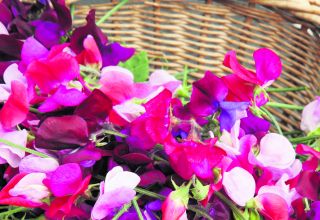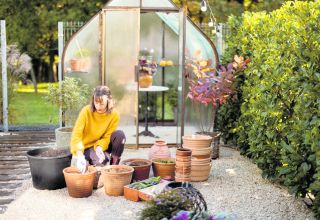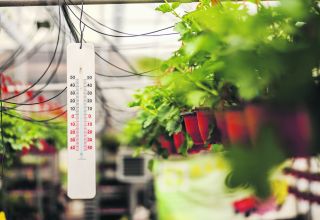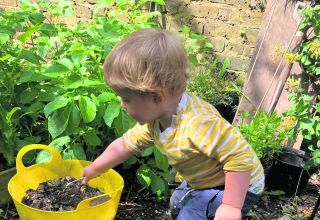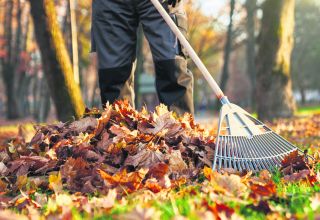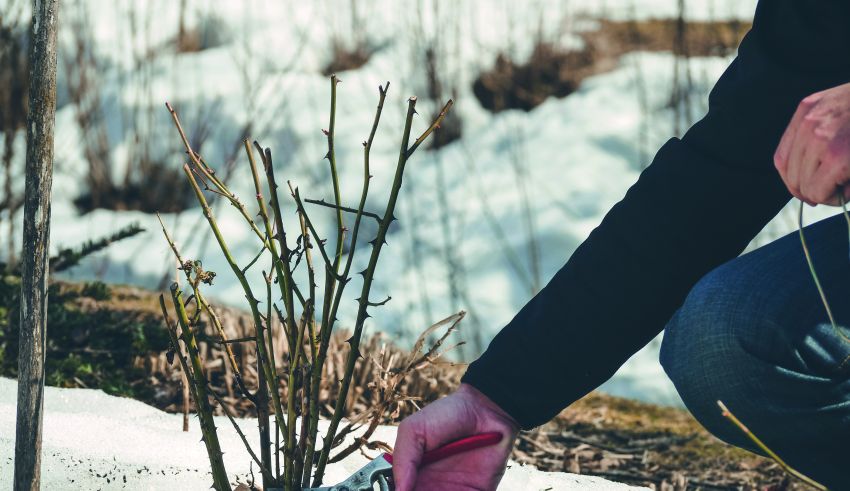
Ex-Devon policeman Malcolm Foster is now a passionate gardener in retirement, and he writes that keeping gardening throughout the winter months is one of the secrets of getting ready for next spring.
“Gardeners I talk to agree. If you are looking for a month when there isn’t so much to do in the garden then try August.
What you can’t do is forget about the garden in November, December and January. If you do spring will catch you unawares, you will always be behind and the whole growing season will pass you by as you strive to catch up. It’s as simple as that. I retired from the police force seven years ago and am proud to say I spend a lot of time gardening and I love it.
I get your wonderful magazine every month and love how you can get people to write in with their individual stories.
I thought I should have a go.
So, my theme to share is the importance of keeping gardening as much as possible as the weather allows during the winter months.
I am not being over the top but most days I can get out and spend a couple of hours gardening. There are days which are right offs but not that many and they tend to be the frozen days of January or February. Apart from that you’d be amazed at how often if you are properly dressed it is possible to keep gardening.
So, what are some of the winter jobs?
Winter is a good time to dig a new border. Leave the soil in clumps. The winter rain and frost will help to break it down naturally. This will also expose any pests to natural predators and the cold.
Digging over vegetable plots or preparing new ones can also be done during winter for the same reasons.
Is your lawn bumpy? The winter is a good time to remove sections of turf, add/remove soil and relay.
Some plants are dormant during the winter so they can be supplied as bare root plants (with no soil). Roses are often bought this way.
It might be possible to safely dig up and move dormant plants to another part of the garden.
If the soil is not frozen or waterlogged, these dormant plants can be planted before they ‘wake-up’ in the spring.
Bulbs are often planted in late autumn. Herbaceous plants are often divided and replanted in early spring. When this happens will likely depend on your local climate.
Lawn seed can be applied in the winter. Grass grows above 5°C.
Only heavy frost and snow slows down a gardener!
The winter is typically a time for storms and strong winds. Keep leaves cleared. Good garden hygiene also helps to reduce diseases. Decomposing leaves and other debris on hard standing will supply enough nutrients for weeds to self-seed in cracks, grow and then spread. They can also make paths slippery.
Weeds will continue to grow during a mild winter. Remember, when your spring flowering bulbs and border plants start to flower, the borders will be harder (more time consuming) to weed. It makes sense to keep them tidy before spring. Also, many weeds are seasonal. Weeds make more weeds.
Regular weeding means less weeding.”

